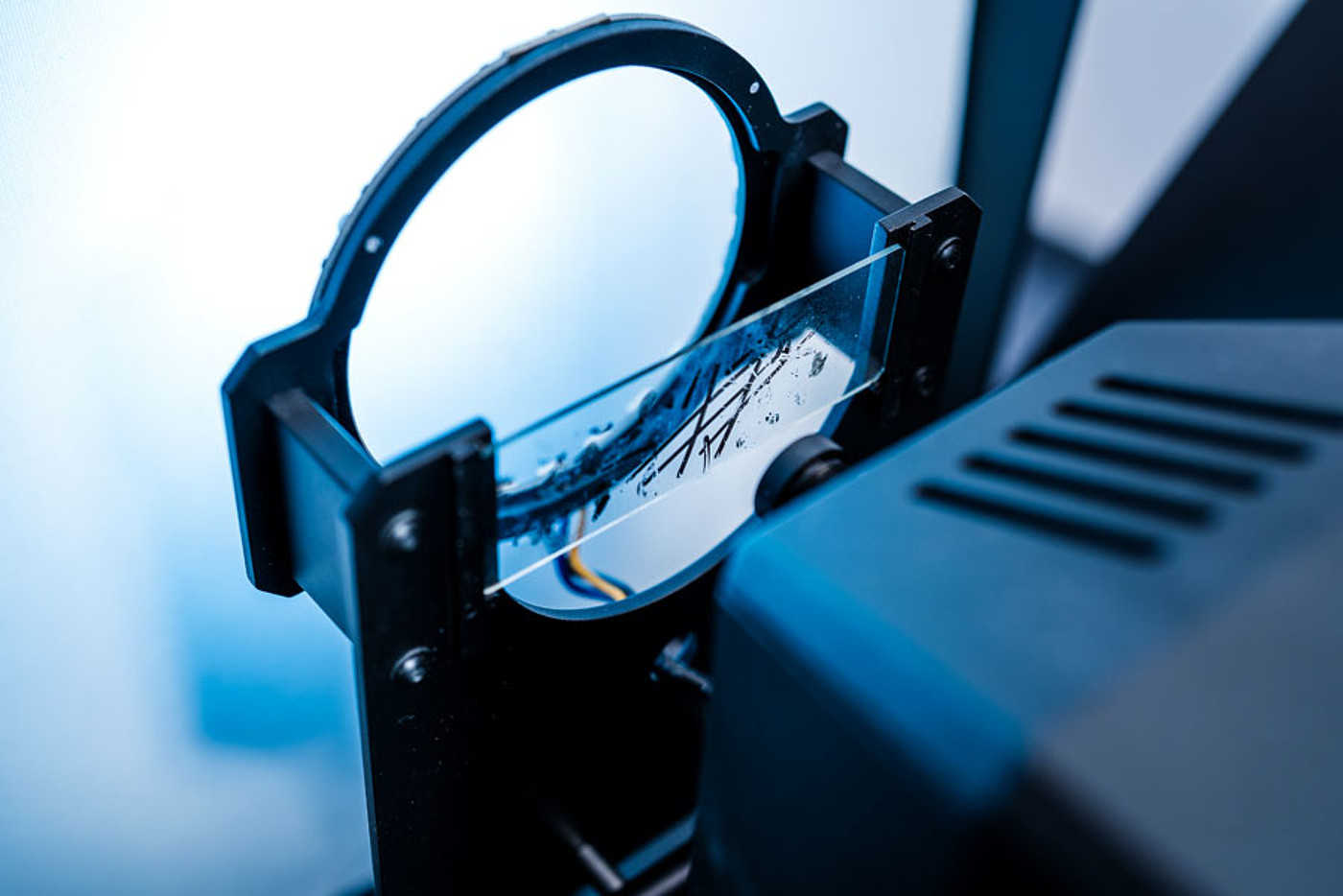
The human driver quite naturally keeps an eye on the vehicle's environment. Applying his experience and intuition, he compensates for disturbances in optical perception, for instance when trees temporarily conceal objects such as traffic signs. Technical systems for automated driving must reproduce these abilities in order to achieve the required high quality and availability of image data of the vehicle environment.
DiFoRem is a software solution that uses artificial intelligence to support assisted and automated driving, even when visibility is poor. To do this, neural networks are used to detect and reconstruct image errors in the individual frames of a video data stream in real time. The data stream with the individual reconstructed images can then be used by other assistance systems or for automated driving, in this way providing a crucial advantage in terms of ADAS function availability and reliability: even with a dirty or fogged lens, objects can be detected and classified effectively.
Our solution: the network architecture selected analyses information on objects and scenarios that have been previously seen, and recognises significant relationships through abstraction. This enables the software to reconstruct hidden objects in a single image on the basis of empirical values from previous images. The neural network acquires this ability as a result of the training process, by analysing millions of different individual images. The correctness of the abstraction is constantly checked during the training process.
In this way, DiFoRem increases the availability and robustness of camera-based signals, thus improving the incoming data quality for state if the art driver assistance systems or automated driving functions.
Code optimisation, a basic requirement for porting to embedded systems, is currently being carried out. To this end, we explore the real-time capability of different manufacturers' FPGAs. In the next step towards vehicle application, objective quality measures for the reconstruction need to be developed. These measures reflect the specific requirements of the assistance and driving functions used, and will be included in future development specifications for the reconstruction software.
Do you want to learn more? Contact Jacek Burger.